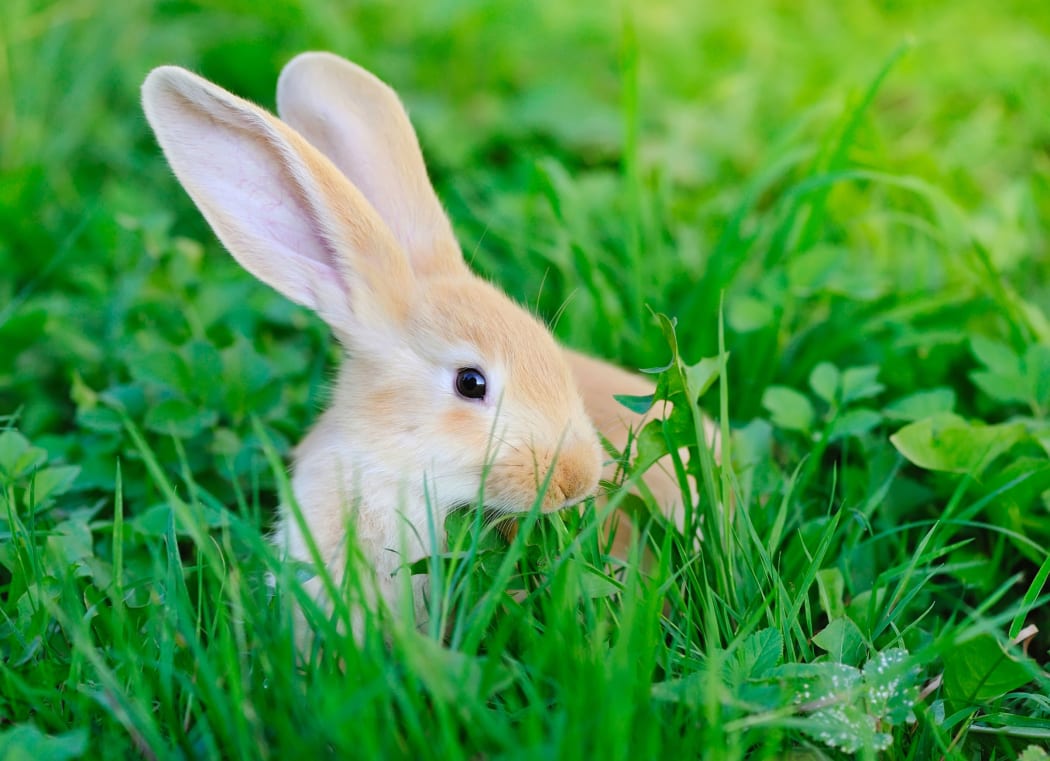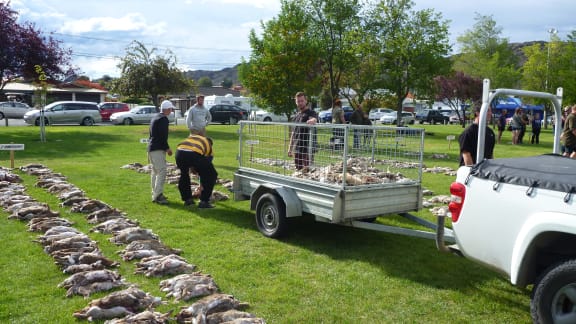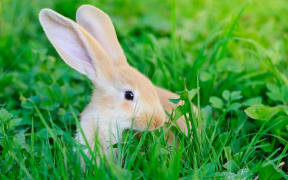The Otago Regional Council says the number of rabbits in the region is increasing.

A single female rabbit can have 45 offspring in a year. (File photo) Photo: 123rf
8400 rabbits were killed during the annual Easter bunny hunt at the weekend, 500 more than the year before.
The council's director of environmental monitoring, Jeff Donaldson, said the summer produced a bumper crop of bunnies.
"With the recent drought we've had in Otago there has certainly been an increase in numbers over most properties. Rabbits prefer the drier conditions.
"Where we've got irrigators appearing in our high country, land that was previously more rabbit-prone is now not a hospitable environment for rabbits anymore.
"They don't like grass, they don't like wet grass and diseases of rabbits certainly take over in a wet environment."

Counting at the weekend's Bunny Hunt. Photo: Supplied
Mr Donaldson said rabbit calicivirus was still working, but at a much lower level than when it was introduced in the 1990s.
"What's actually happening now is that you've got a higher level of immunity - in some areas as high as 80 percent, but an average of probably 70 percent in the more rabbit prone areas of Otago."
23,000 rabbits were killed during the bunny hunt in 2010, almost three times as many as this year.
Grant Norbury, a wildlife ecologist with Landcare Research, said the numbers suggested the population was increasing.
"In the early 90s, it was at a reasonably low level because that's when the Rabbit and Land Management Programme was in place and land holders were subsidised to control their rabbits.
"That finished in 1995 and so the Easter bunny hunt rate skyrocketed over the next two or three years. Then rabbit haemorrhagic disease (calicivirus) came in and reduced the numbers significantly and the hunting numbers declined a lot.
"That hunting rate was surpressed for about four years, so rabbit haemorrhagic disease was doing a good job," he said. "Then, in 2001, we had a rapid recovery in the hunting rates and since then it has cycled every two to three years, but there has been a gradual increase in the hunting rates as the affects of the disease waned.
"What we're seeing this year and last year are low points in that cycle."


